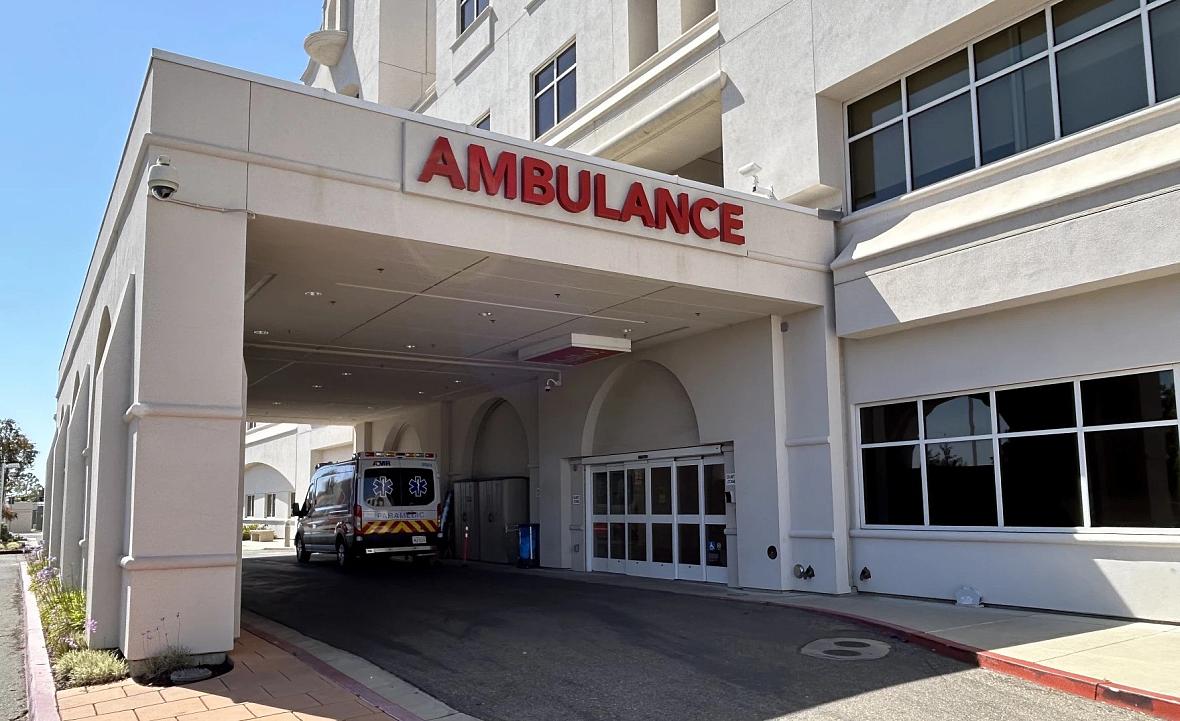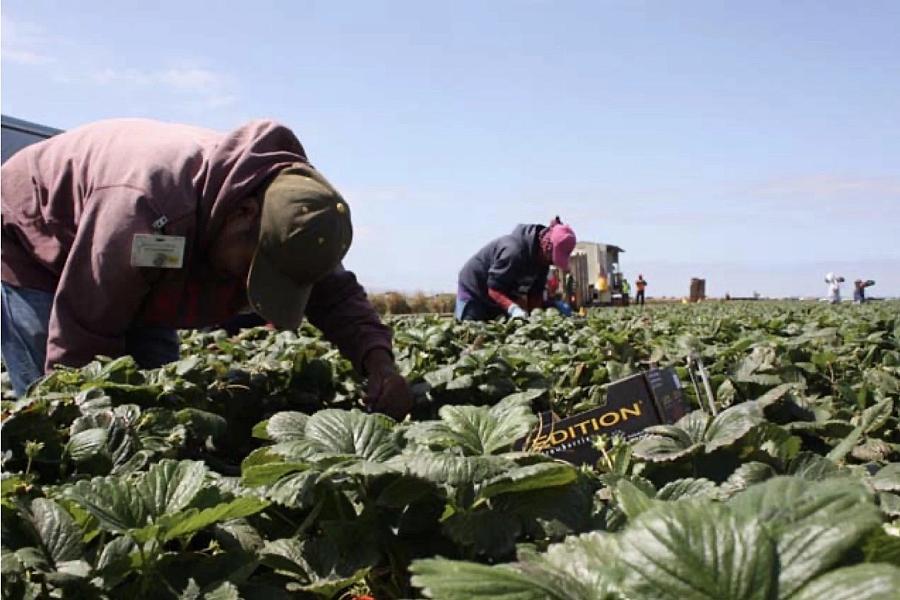The Heat Beat: Health impacts of extreme heat
The story was originally published in KCBX with support from our 2024 California Health Equity Impact Fund.

Photo of Marian Regional Medical Center in Santa Maria, CA. Santa Maria is an agricultural community on the Central Coast. Outdoor workers, the elderly, and young children are among the most vulnerable to heat-related illnesses.
Beth Thornton
Climate scientists expect more heat waves to hit the Central Coast in the coming years, which could put people’s health at risk. Medical experts say preparing for extreme heat can minimize visits to the ER.
The Emergency Room at Marian Regional Medical Center in Santa Maria is a busy place most every day, but on extreme heat days, when temperatures are unusually high, Dr. Terrance McGovern sees a lot of patients with heat-related illnesses.
“We definitely see an increase in our volume for heat-related illnesses when we have significant heat waves that come through our area,” he said.
McGovern is the ER medical director at Marian. He describes a spectrum of heat illnesses from muscle cramps, to heat exhaustion with fatigue and profuse sweating, to heat stroke, the most serious condition.
“Heat stroke is typically characterized by some sort of neurologic involvement – people not acting themselves, acting erratically. People are not sweating which is very concerning and can be a life-threatening condition,” McGovern said.
He said to call 911 if you think someone is showing signs of heat stroke.
The prevalence of heat illness is not closely tracked at the local level, but McGovern said that the elderly and young children are especially vulnerable — as well as people who work outdoors.
“When we have these heat waves and we try to do the same amount of work at the same pace under worsening conditions, it definitely puts them at higher risk for developing one of these heat-related illnesses,” he said.

Farmworkers are at high risk for heat-related illnesses. As extreme heat days increase on the Central Coast, more protections are needed for outdoor workers.
CAUSEnow.Org
The Central Coast region grows much of the nation’s fruits and vegetables, and farmworkers are often in the fields during peak hours. By California law, farmworkers must have access to water and time to rest in the shade, but working long shifts on hot days can lead to heat-related illnesses.
Dr. Penny Borenstein is the Public Health Officer for San Luis Obispo County. She said as temperatures rise, state and local agencies must continue to find ways to reduce health risks for agricultural workers.
“Some of the lowest income people who do our farm labor are at highest risk because if they don’t work, they don’t get paid, so trying to work with employers to make adjustments for those situations,” she said.
Borenstein said heat waves affect the whole region, but SLO’s north county can hit triple digits for long periods of time.
“Many of us in many parts of the county do not have air conditioning, but even in the north county where it’s almost the norm, people in lower income housing often may not have air conditioning, and so they are at risk for really suffering,” she said.
Borenstein said the county is currently working on a plan to get better prepared and create more resilient communities.
“Some programs that are coming to bear that can provide for some air conditioning or cooling systems, or even just shades or mister systems in the homeless areas — those are starting to become available, but we don’t have anything right at this moment,” she said.
If you don’t have air conditioning, she suggests going to a store or library to cool off, even if it’s just for a short time. And remember to check on your neighbor, she said.
Back at the ER, Dr. McGovern has more advice for staying safe on hot days.
“The prep work for it is being well hydrated before you go out, wearing light, loose fitting clothing, wearing sunscreen, wearing a hat to provide some barrier between yourself and the sun,” he said.
And if you do feel symptoms of heat illness, he said to stop what you’re doing and put a wet cloth on your skin.
“Get yourself in the shade and start cooling off sooner rather than later. And never leave a child or pet in the car in the heat, or at any time,” McGovern said.
Next week on “The Heat Beat” you’ll hear about a nonprofit that helps low-income residents and seniors repair their homes to make them more weather resilient.


